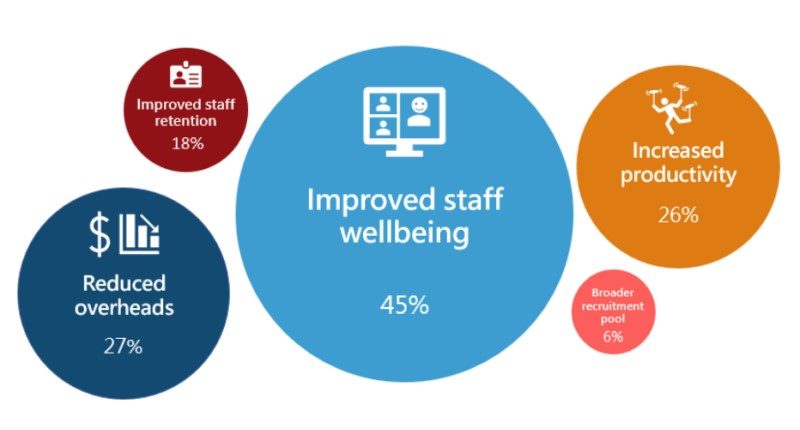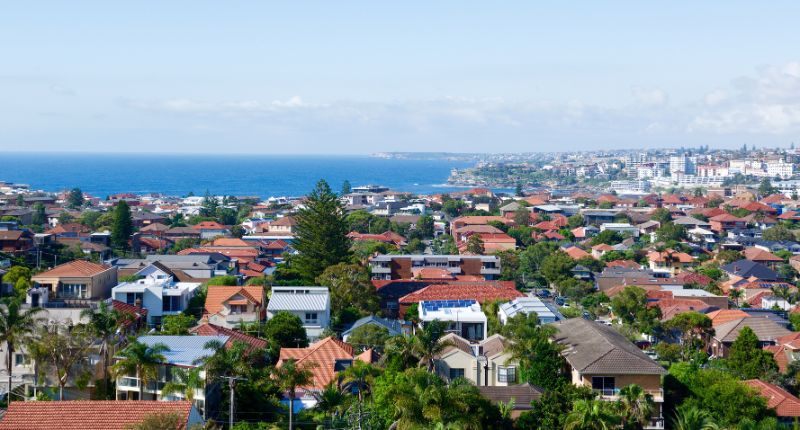- Businesses have continued to adapt their operations in response to COVID-19
- There have been unexpected benefits, due to more teleworking
- There have also been changes to supply chains, customer ordering and revenue
A year into the pandemic, and Australian businesses are adapting – probably out of necessity – to Covid disruptions, according to the latest research from the Australian Bureau of Statistics (ABS).
With Perth forced into its second snap lockdown over the ANZAC Day long weekend last week, and then an ensuing mandatory mask order, restaurants and clubs were affected again. Even the weekend local footy derby had to be held behind closed doors, with no spectators.
Such is life, in a pandemic world, one might say.
Behind the scenes, supply chains and ways of doing business have changed, the ABS has found. But businesses are coping, and adjusting, including real estate.
“Three in ten (30%) businesses are experiencing supply chain disruptions, with 37% of these businesses affected to a great extent,” said John Shepherd, ABS Head of Industry Statistics.
Mr Shepherd said businesses are responding to these disruptions by:
- changing ordering processes (62%),
- changing the way products or services are provided to customers (41%), and
- changing suppliers (39%)
Teleworking benefits
“Another response from businesses has been to increase teleworking.” Mr Shepherd said.
“Before COVID-19, one in five (20%) businesses had staff teleworking. Currently, 30% of businesses have staff teleworking with 45% of these experiencing improved staff wellbeing as a benefit.”
Indeed, 58% of respondents said they had at least one benefit from deploying teleworking, including improved staff retention, increased productivity, reduced overheads, as well as improved wellbeing.
The survey also showed nearly two thirds (64%) of businesses are being adversely impacted by COVID safe controls such as additional cleaning requirements, provision of Personal Protective Equipment (PPE) to staff and physical distancing of customers and employees, with one in five (21%) being impacted by at least one of these controls to a great extent.
Revenue increases/decrease, July 2020-Apr 2021

From July through to October 2020, the proportion of businesses that saw their revenue decline on a month-to-month basis far outweighed those that saw it increase (see chart above).
However, things started to turn around in October, and after the usual summer lull, saw things back to net increasing in April 2021.
~~
Data was collected between 14 April and 21 April. Further information is available in Business Conditions and Sentiments, published by the ABS.








